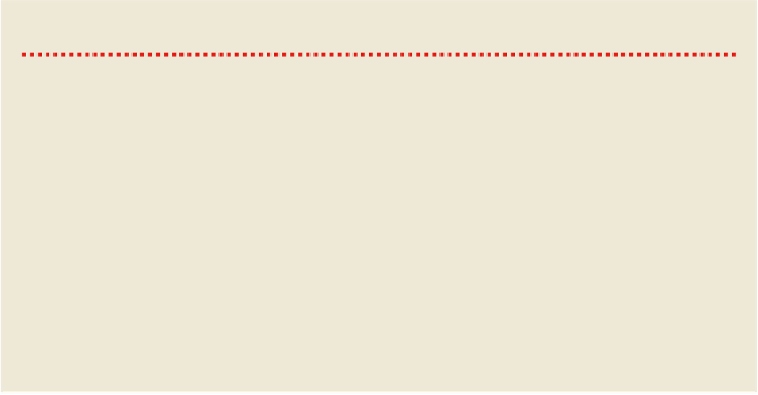Travel Reference
In-Depth Information
CAMBODIA'S WINE COUNTRY
Midway between Battambang and Phnom Banan, in an area best known for its production of red-hot
chilli peppers (harvested from October to January), one of the world's most exclusive wines is grown
on 4 hectares of vines and aged for a short time.
Prasat Phnom Banon Winery
(Bot Sala Village; admission free, tasting US$2; 6am-6pm)
, Cambodia's only winemaking enterprise, grows Shiraz and Cabernet Sauvignon grapes to
make reds, and tropics-resistant Black Queen and Black Opal grapes to make rosés - liquids it's hard
to describe without resorting to superlatives. Let's just say that both have a bouquet unlike anything
you've ever encountered in a bottle with the word 'wine' on the label, and a taste as surprising as the
aftertaste. Officially recognised by Cambodia's Ministry of Industry, Mines & Energy, Banon wines
belong to that exclusive club of wineries whose vintages improve significantly with the addition of ice
cubes. Also made here is Banon brandy, which has a heavenly bouquet and a taste that has been com-
pared favourably to turpentine. Sampling takes place in an attractive garden pavilion, and you can vis-
it the vineyards and production facilities.
The winery is 10km south of Battambang and 8km north of Phnom Banan.
Wat Ek Phnom
Atmospheric, partly collapsed 11th-century temple
Wat Ek Phnom
(admission US$2)
is sur-
rounded by the remains of a laterite wall and an ancient
baray
(reservoir). A lintel show-
ing the
Churning of the Ocean of Milk
can be seen above the eastern portal to the central
temple. This is a very popular picnic and pilgrimage destination for Khmers, especially at
festival times, and for women hoping to conceive.
On the way from Battambang by bicycle or
moto,
it's possible to make a number of in-
teresting stops. About 1.2km north of Battambang's ferry landing is a 1960s
Pepsi bottling
plant
, its logo faded but otherwise virtually unchanged since production ceased abruptly in
1975. You can still see the remains of the old production line (down an alley behind the
cement water tanks) and, at the far end of the warehouse out back, thousands of dusty
empties bearing Pepsi's old logo.
Drive 700m further, and at the sign for the Islamic Local Development Organisation,
turn left (west). After 250m you'll get to a signless house, behind which is the
Slaket cro-
codile farm
. It's open all day, including mealtimes: the crocs are always happy to have tour-
ists for lunch.
Return to the main road and drive another 3.5km, past several wats, to the village of
Pheam Ek
, whose speciality is making rice paper for spring rolls. All along the road, in




